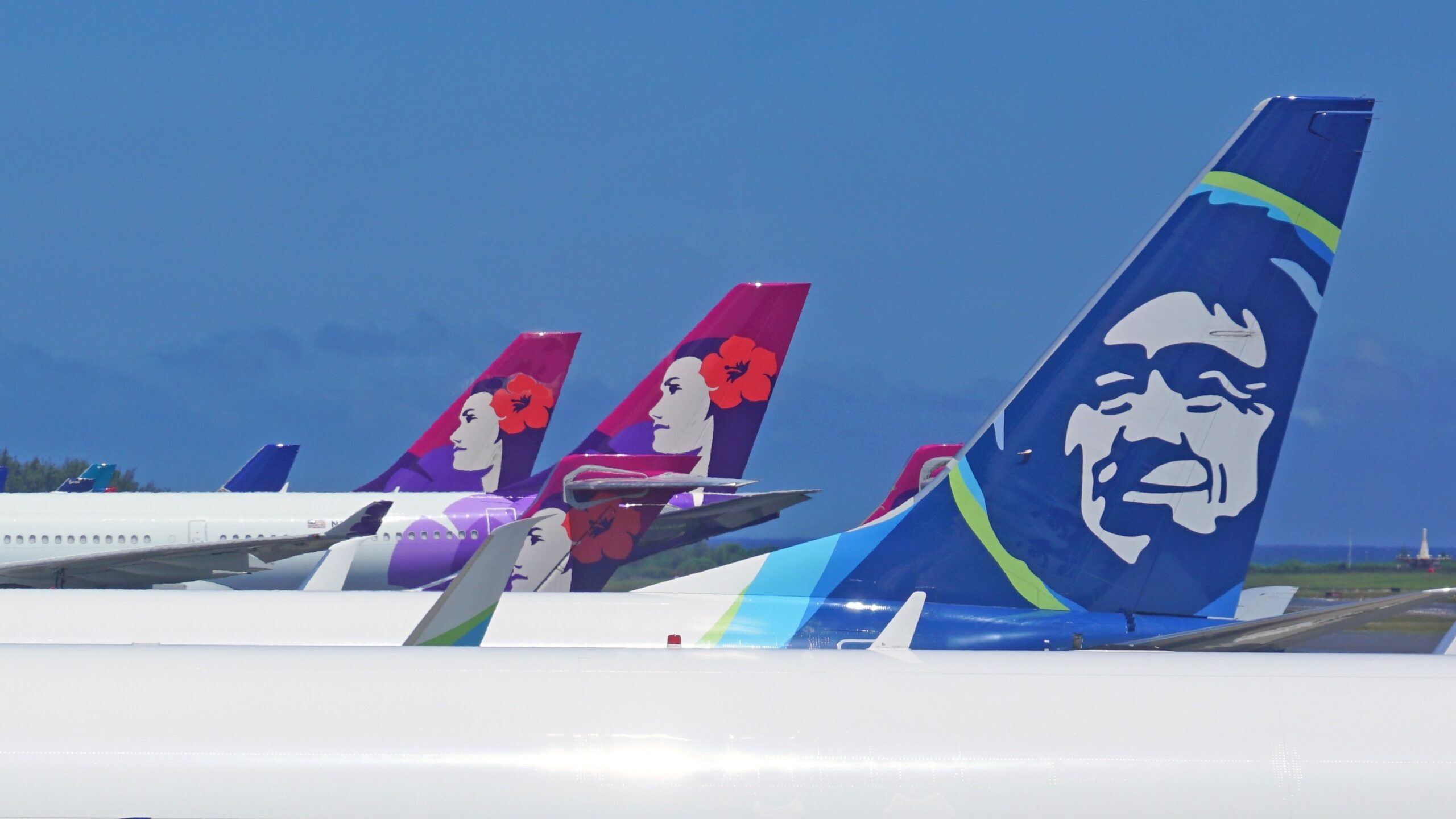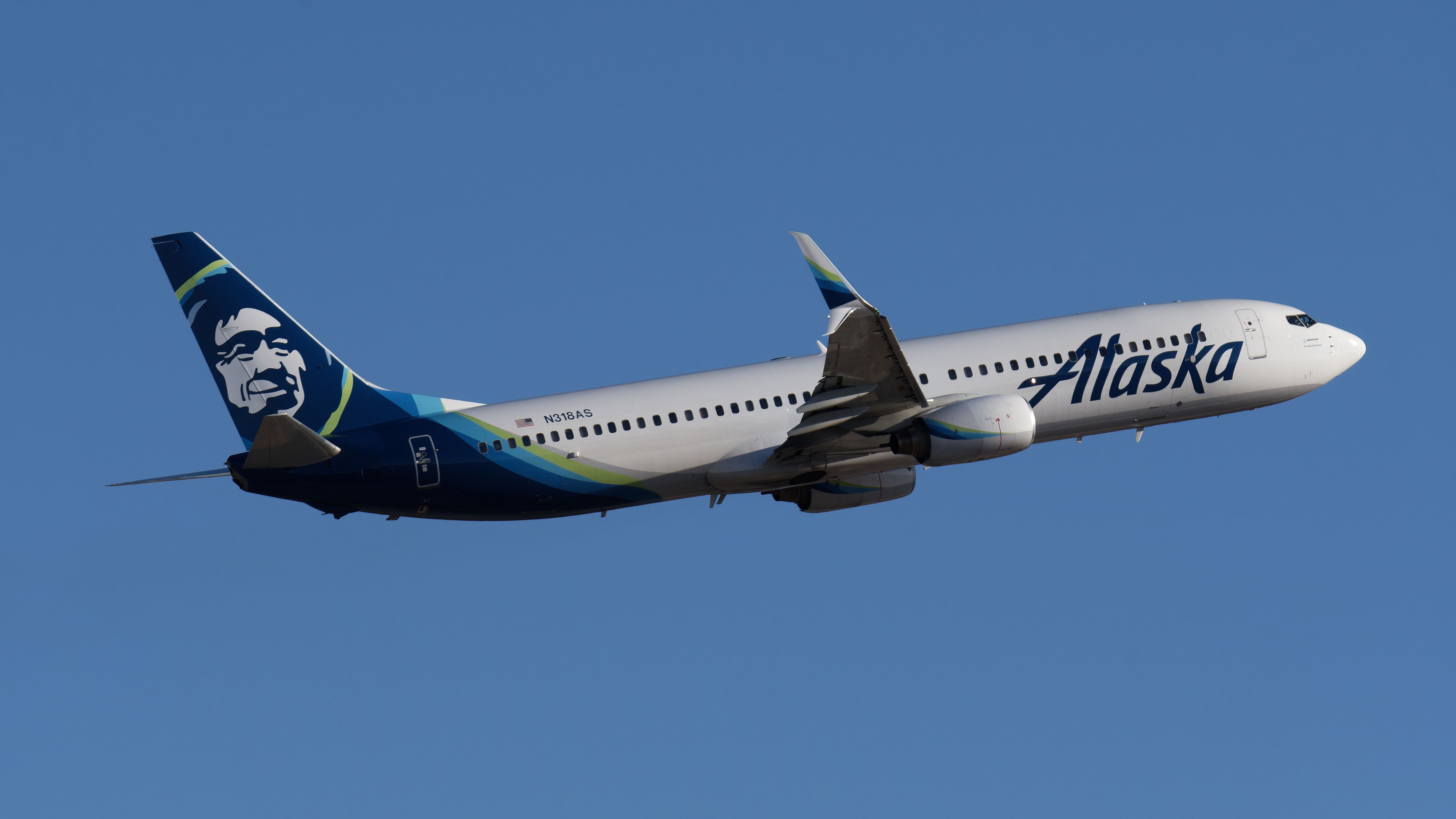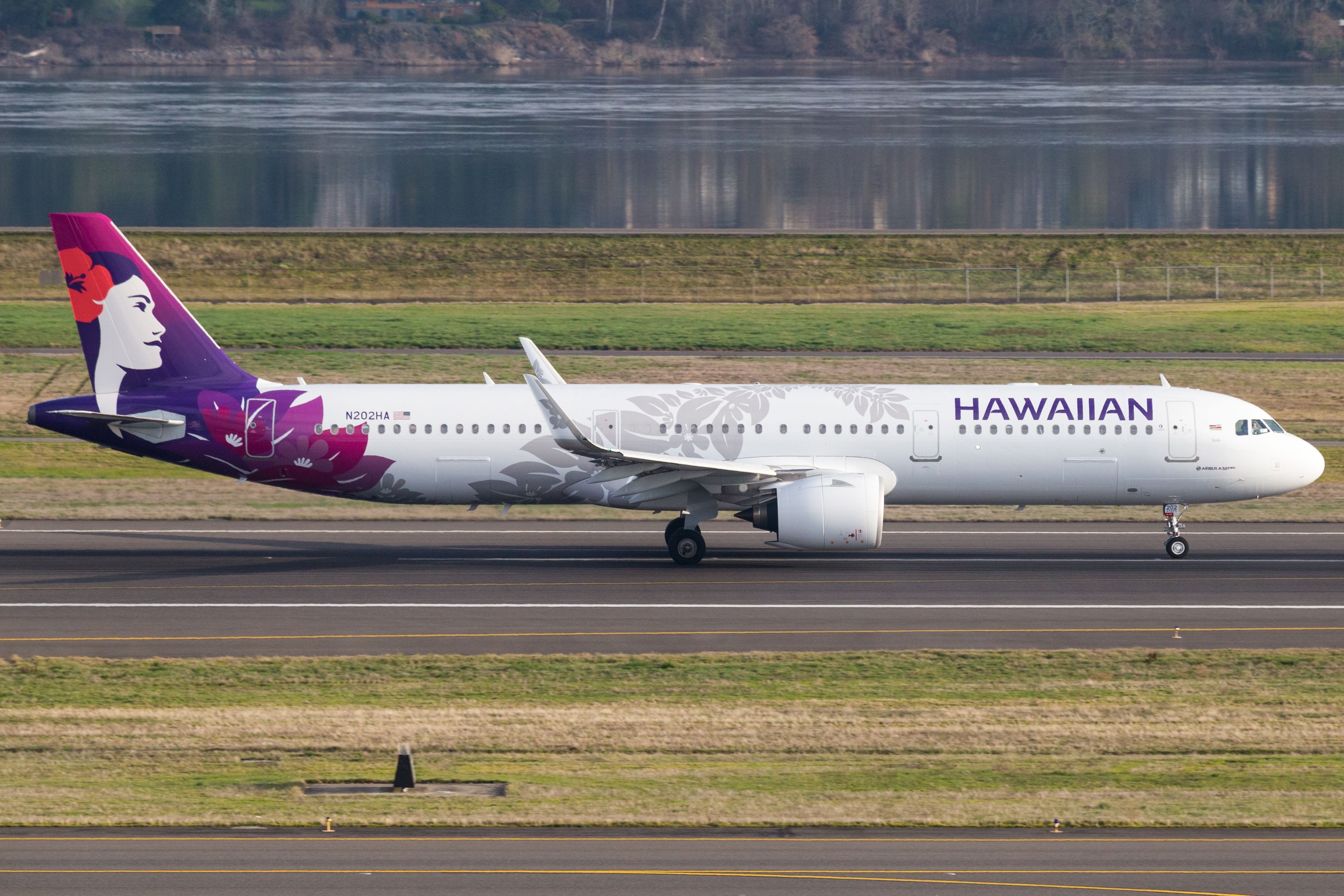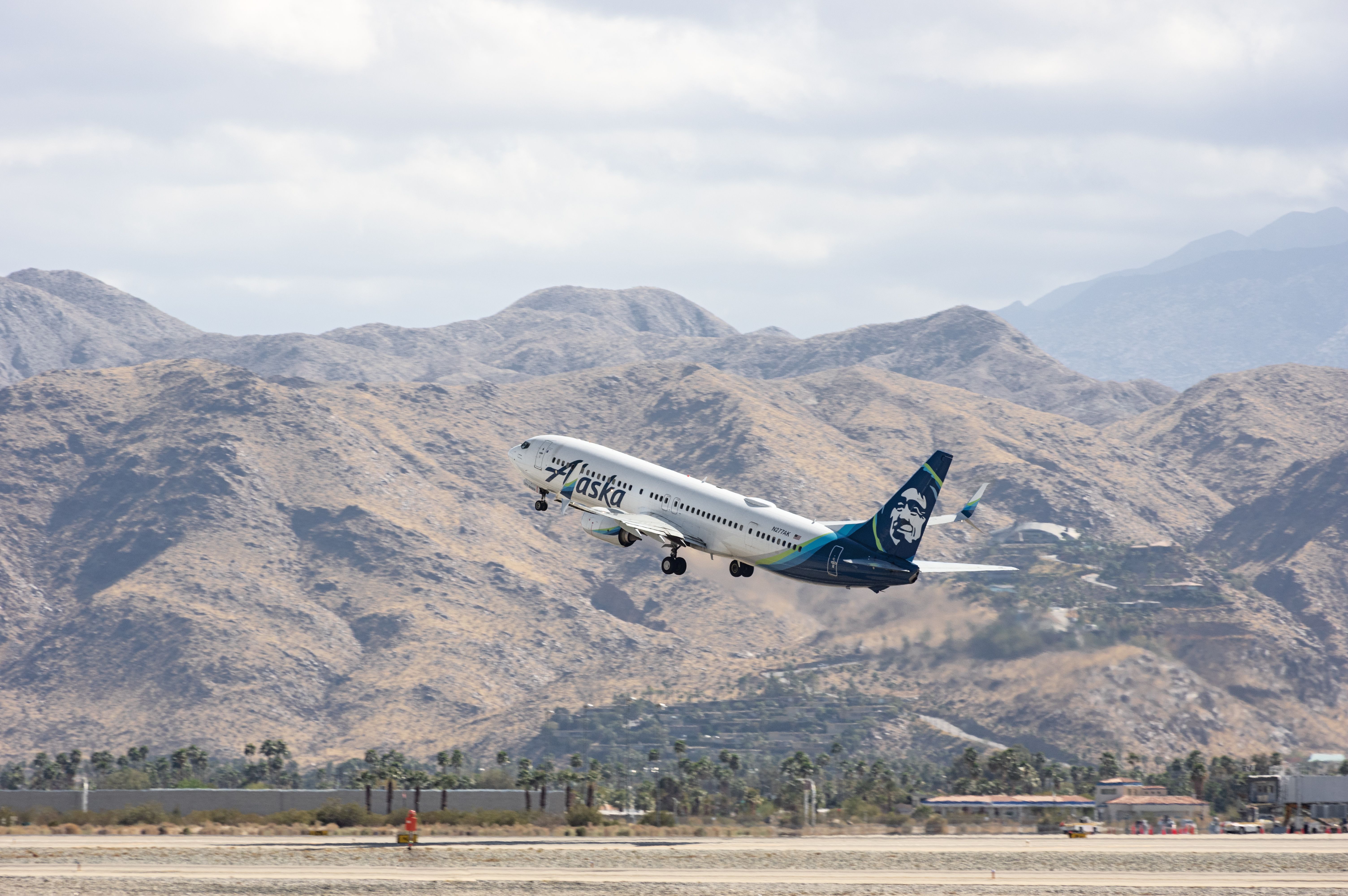A major hurdle was crossed in the Alaska and Hawaiian Airlines merger, with the US Department of Transport (DOT) giving its green signal to the deal subject to some terms and conditions. Recently, the time period for the US Department of Justice (DOJ) to complete its regulatory investigation for this merger expired, and things are now progressing swiftly for both carriers.
Merger approved
Among the
last major hurdles left to cross
for the Alaska-Hawaiian Airlines merger was securing approval from the US DOT for an interim exemption application for the transfer of international route authorities.
Photo: Robin Guess | Shutterstock
On September 17, ![]() Alaska Airlines
Alaska Airlines
announced that even this was granted by the authorities, paving the way for the two airlines to close their merger transaction in the coming days. Ben Minicucci, CEO of Alaska Air Group, commented,
“We look forward to formally welcoming Hawaiian Airlines’ guests and employees into Alaska Air Group. We sincerely appreciate the exceptional care and service that employees of both companies have continued to show for one another and our guests throughout this process, and the support of both airlines’ labor unions, as we proceed to realize the vision for this combination and build a stronger future together.”
Terms and conditions
Of course, all the relevant authorities examine a deal like this to determine fair market competition and prevent a monopoly. The US DOT secured binding, enforceable public-interest protections from both airlines before their merger is officially sealed.
Photo: Wenjie Zheng | Shutterstock
The department said that by locking in terms from Alaska and Hawaiian upfront, DOT is establishing a more proactive approach to the merger review process. While the list of all the terms and conditions is long, some of the important ones include:
- Protections against the devaluation of rewards, such as no expiration of miles earned under current programs and transfer of miles at a 1:1 ratio.
- Maintaining critical inter-island and continental routes. The combined airline must maintain robust levels of service for critical Hawaiian inter-island passenger and cargo service.
- Preserving support for essential air service in Alaska and Hawaii. There are many small, rural communities in both states where such a service is a lifeline to health care, education, and economic well-being.
- Ensuring competitive access to Honolulu hub airport. The combined airline is barred from directly or indirectly taking actions that would discriminate against new airline entrants or smaller competitors’ access to airport infrastructure.
Protection to remain for six years
The DOT has granted Alaska and Hawaiian Airlines exemption based on the above-mentioned conditions, allowing them to close the deal on the condition that they remain separate and independently operated until the DOT has ruled on their transfer application. The authority also said that if the transfer is approved, the protections will remain in effect for six years.
Photo: Angel DiBilio | Shutterstock
Following the news, Alaska’s shares closed down 1%, while those of Hawaiian Holdings increased 4% to $18. Both airlines are among the top ten largest domestic airlines in the US. Per ch-aviation, the carriers (including Alaska’s regional subsidiary Horizon Air) have a combined fleet strength of more than 350 aircraft.




